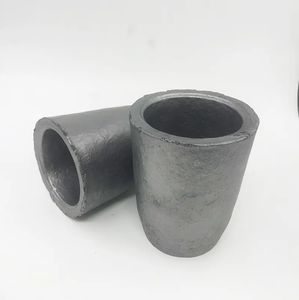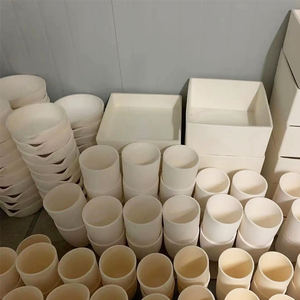Professional industry ceramic supplier, silicon nitride, silicon carbide, aluminum nitride and any other kinds of ceramics.
PRODUCT PARAMETERS
Description
Overview of Ceramic Crucible for Carbon Sulfur Analyzer
Ceramic Crucible for Carbon Sulfur Analyzer are specialized containers designed for withstanding extremely high temperatures in laboratory and industrial settings. They are essential for processes such as melting, calcining, and heat-treating a wide variety of materials, including metals, glasses, and chemicals. Our crucibles are engineered for superior thermal stability and chemical resistance, ensuring purity and reliability in the most demanding applications.
Features of Ceramic Crucible for Carbon Sulfur Analyzer
-
Exceptional Thermal Shock Resistance: Withstands rapid temperature changes without cracking, ensuring durability and a long service life.
-
High-Temperature Stability: Maintains structural integrity at extreme temperatures, often exceeding 1500°C.
-
Excellent Chemical Inertness: Resists corrosion and reaction with molten metals, acids, and aggressive chemical fluxes.
-
High Purity & Low Contamination: Manufactured from premium materials to prevent sample contamination during sensitive processes.
-
Optimized Thermal Properties: Designed for efficient heat transfer and consistent performance in furnace environments.
-
Robust Mechanical Strength: Offers good resistance to physical impact and abrasion during handling and use.
Specifications of Ceramic Crucible for Carbon Sulfur Analyzer
Ceramic crucibles are essential for carbon sulfur analysis. These crucibles hold the sample material during testing. They must meet specific requirements for accurate results. High-purity alumina ceramic is the standard material. This material withstands extreme temperatures inside the analyzer furnace. It also resists chemical attack from the harsh combustion process.
The crucibles need a special shape. They typically feature a wide base and a tapered top. This design allows efficient sample introduction. It also ensures complete combustion of the material. Crucibles come in standard sizes. Common capacities are around 1.5 to 2.0 milliliters. The size must fit the analyzer’s sample holder perfectly. A good fit prevents gas leaks during the test cycle.
Heat resistance is critical. Crucibles face temperatures exceeding 1400°C. They must not crack or degrade under this intense heat. Consistent thermal properties ensure reliable heating of the sample. This is vital for complete combustion and accurate gas release measurement.
Purity matters immensely. The crucible material itself must be extremely low in carbon and sulfur. Any contamination from the crucible ruins the sample analysis. Reputable manufacturers guarantee ultra-low blank levels. This means the crucibles contribute negligible carbon or sulfur to the test. Certified purity is mandatory.
Surface finish is important too. A smooth interior surface prevents sample material from sticking. It also allows easier cleaning after each test. Clean crucibles are necessary for every new analysis. Reusing crucibles without perfect cleaning risks cross-contamination.
These crucibles are single-use items. Using a fresh crucible for every sample guarantees no residue affects the next result. Proper crucible selection directly impacts the analyzer’s precision. Using the correct crucible specifications ensures trustworthy carbon and sulfur measurements.
Applications of Ceramic Crucible for Carbon Sulfur Analyzer
Ceramic crucibles are essential for carbon sulfur analysis. They hold the sample inside the analyzer. The furnace gets very hot. The crucible must handle this heat. It cannot melt or crack. Special ceramic materials are used. These materials resist the extreme temperatures.
The crucible must be very pure. Any impurities could affect results. Contamination ruins the analysis. Good crucibles are made from ultra-clean materials. They add nothing extra to the sample. This purity ensures only the sample’s carbon and sulfur are measured. Accuracy depends on this.
The shape of the crucible matters. It fits precisely into the analyzer’s furnace. This ensures proper heating and combustion. The sample burns completely. All carbon and sulfur convert to gases. The analyzer measures these gases. A poor fit causes incomplete combustion. Results become unreliable.
These crucibles resist chemical attack. The sample and combustion gases are aggressive. The ceramic withstands this. It doesn’t react with the sample. It doesn’t absorb elements. This keeps the measurement true. The crucible stays stable throughout the test.
Durability is another key point. Labs run many tests daily. Crucibles face thermal shock constantly. They go from room temperature to over 1000°C quickly. They cool down fast. Tough ceramics survive this cycle many times. This saves money. Labs use fewer crucibles.
Using the right crucible guarantees consistent results. It prevents false readings. It protects the analyzer from damage. Good crucibles are a vital consumable. They directly impact the quality of carbon sulfur analysis. Labs rely on their performance.
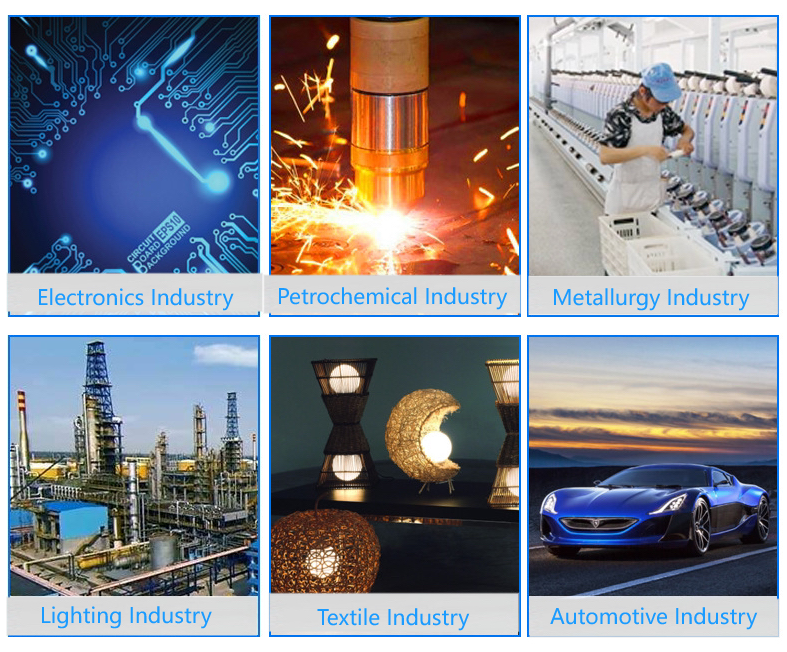 Company Profile
Company Profile
Tanki New Materials Co.Ltd. focus on the research and development, production and sales of ceramic products, serving the electronics, ceramics, chemical and other industries. Since its establishment in 2015, the company has been committed to providing customers with the best products and services, and has become a leader in the industry through continuous technological innovation and strict quality management.
Our products includes but not limited to Aerogel, Aluminum Nitride, Aluminum Oxide, Boron Carbide, Boron Nitride, Ceramic Crucible, Ceramic Fiber, Quartz Product, Refractory Material, Silicon Carbide, Silicon Nitride, ect. please feel free to contact us.
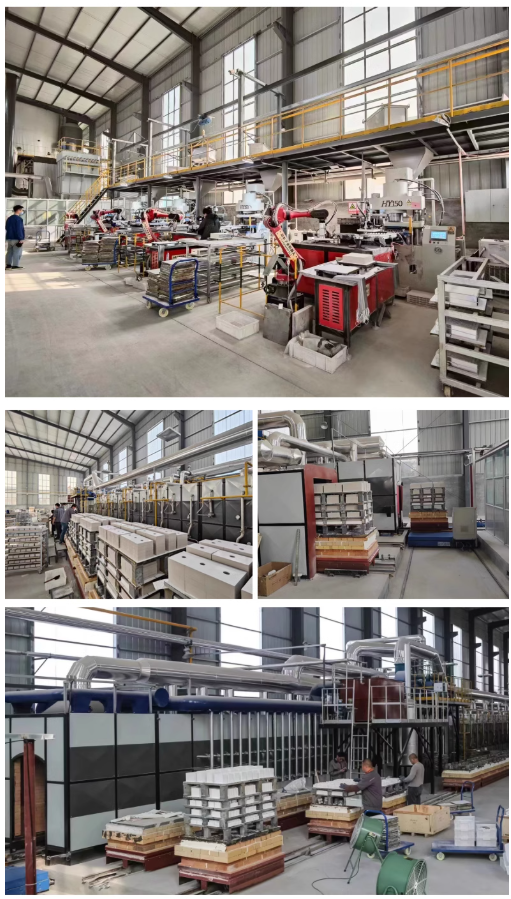 Payment Methods
Payment Methods
T/T, Western Union, Paypal, Credit Card etc.
Shipment Methods
By air, by sea, by express, as customers request.
5 FAQs of Ceramic Crucible for Carbon Sulfur Analyzer
What is this ceramic crucible?
It’s a special ceramic cup for carbon sulfur analyzers. Machines use it to hold metal samples during testing. The crucible contains the sample while it burns.
Why must I use a ceramic crucible?
Regular containers add carbon or sulfur. This ruins your test results. Our crucibles are super pure. They don’t add any extra carbon or sulfur. Your readings stay accurate.
How do I prepare a new crucible?
You must clean it first. Heat it very hot in your analyzer. This burns off any tiny contaminants inside. We call this “degassing”. Do it before your first use. Follow your machine’s degassing program.
How many times can I use one crucible?
Use it just once. Seriously. Reusing it causes big problems. Leftover stuff from old samples contaminates the next test. Your results become wrong. Always use a fresh, clean crucible for each new sample. It’s worth it.
How should I store unused crucibles?
Keep them sealed in the original bag. Store them somewhere clean and dry. Don’t touch them with bare hands. Fingerprints add grease and dirt. Use clean tweezers or gloves when handling them. Contamination starts easily.
REQUEST A QUOTE
RELATED PRODUCTS
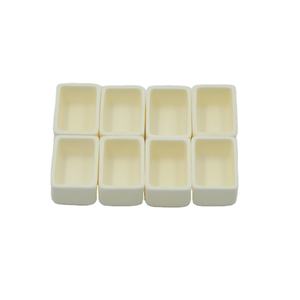
Standard 99.5 Alumina Refractory Melting Ceramic Crucible
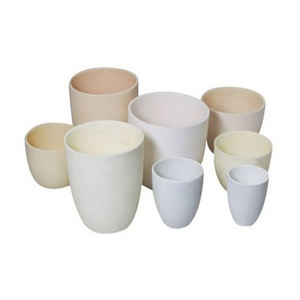
1000g Quartz Glass Ceramic Platinum Melting Crucible Pot for Gold Silver Brass Platinum Smelting Refining
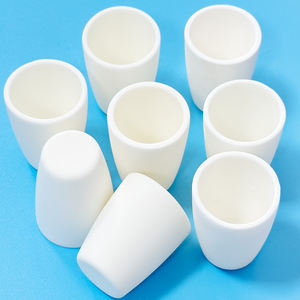
Lab Refractory Zirconium Oxide Ceramic Crucible/Chemical Inertness

High Quality Laboratory Equipment supplies Factory Refractory Ceramic Crucibles with Best Quality for Melting
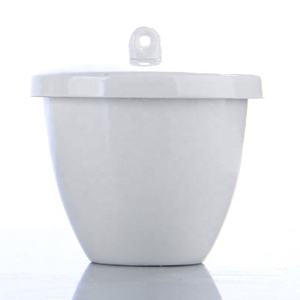
99% Alumina Porcelain Ceramic Crucible Circular Arc Ceramic Cup High Temperature Resistant Laboratory Container Ceramic Plates
